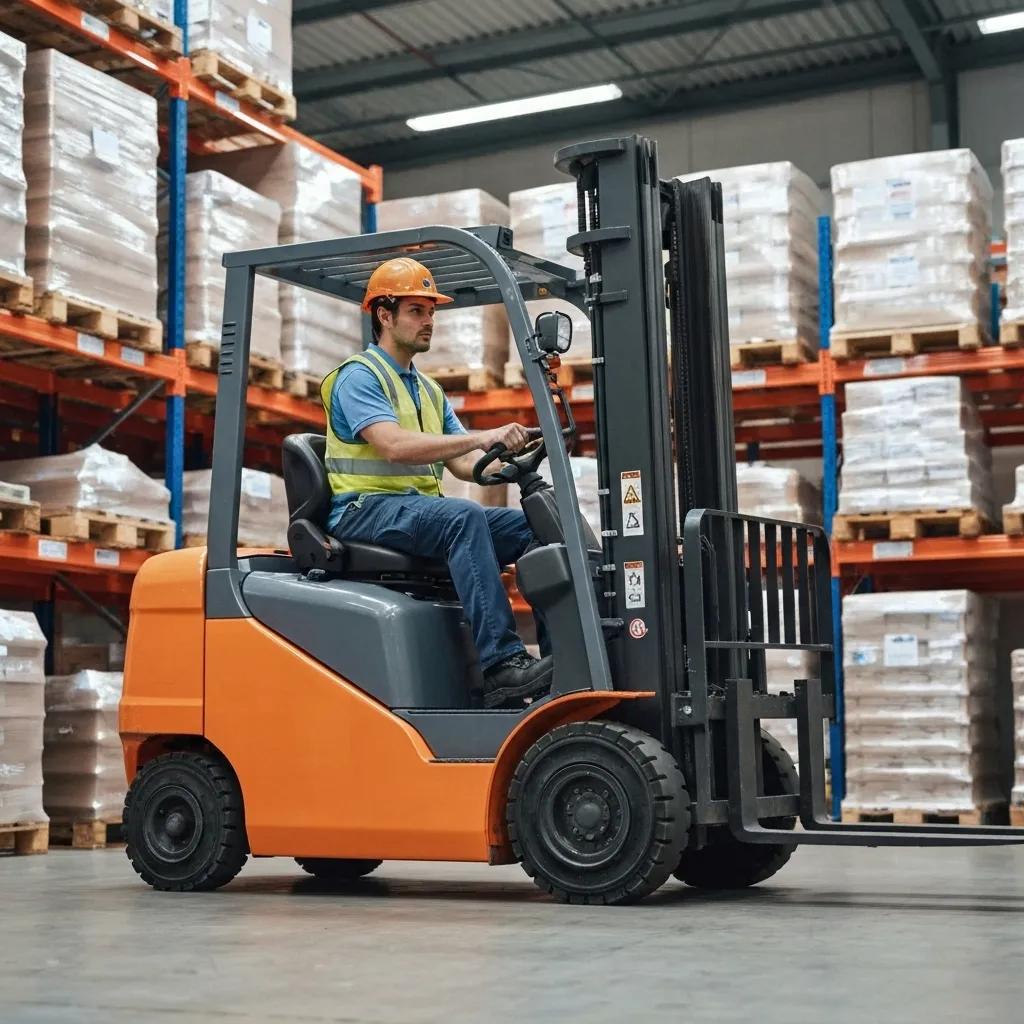Forklift Operator Training vs. OSHA Certification: What Every Operator Needs to Know

What’s the Difference Between General Forklift Safety Training and OSHA Forklift Certification?
Forklifts are one of the most common pieces of equipment in warehouses, shipping yards, and manufacturing plants. They’re also involved in thousands of accidents every year—from tip-overs to pedestrian strikes. That’s why it’s critical to understand the difference between basic forklift safety training and OSHA-compliant forklift certification.
General training introduces operators to forklift controls and common hazards. OSHA certification, on the other hand, is legally required under 29 CFR 1910.178. It includes classroom learning, hands-on practice, and a formal performance evaluation—specific to both the forklift type and the worksite. Employers must keep records to stay compliant.
This guide breaks down what general training covers, what OSHA requires, and how certification protects both operators and employers.
What Does General Forklift Safety Training Cover?
General forklift safety training is a starting point. It usually includes:
-
- Equipment Orientation – Different truck types, control functions, load capacity, and the stability triangle.
-
- Basic Operational Skills – Safe driving, turning in tight aisles, stacking and unstacking pallets, braking, and traveling with a load.
-
- Pre-Shift Inspections – Checking forks, tires, brakes, chains, and making sure the forklift is safe before use.
This kind of training builds awareness but does not meet OSHA’s certification requirements.
How Does Training Address Common Hazards?
Operators are introduced to hazards like:
-
- Blind corners in warehouses
-
- Pedestrians crossing travel paths
-
- Uneven dock plates and floor surfaces
-
- Overhead racking and low-clearance areas
-
- Unstable loads that may tip or block visibility
Recognizing these hazards helps reduce accidents but still falls short of OSHA compliance.
OSHA Certification: What’s Required?
Under OSHA 29 CFR 1910.178, employers are responsible for certifying each forklift operator. Certification has three steps:
-
- Formal Instruction – Classroom or online training on rules, safe driving, and hazard avoidance.
-
- Practical Training – Hands-on forklift operation, including maneuvering, load handling, and emergency stops.
-
- Performance Evaluation – A qualified trainer observes and confirms the operator’s skills.
Employers must also reevaluate operators every three years—or sooner if there’s an accident, a new type of forklift, or unsafe behavior is observed.
Why Does Certification Matter?
OSHA certification isn’t just paperwork—it prevents accidents and protects employers. Certified operators are better at:
-
- Handling heavy or awkward loads safely
-
- Avoiding tip-overs
-
- Operating in busy warehouse environments
-
- Reacting quickly to hazards
Employers with certified operators lower their risk of OSHA fines (up to $15,000 per violation) and improve workplace safety.
Online vs. In-Person Forklift Training
-
- Online Training works for classroom lessons but must be paired with hands-on operation and evaluation.
-
- In-Person Training combines classroom, practice, and evaluation in one setting—making compliance straightforward.
-
- Blended Models (online theory + on-site practice) are becoming popular because they save time while still meeting OSHA’s rules.
Bottom Line
General forklift safety training helps operators get familiar with the basics, but only OSHA-compliant certification keeps both the worker and the employer fully protected. Certification proves competency, lowers accident rates, and ensures compliance with federal law.